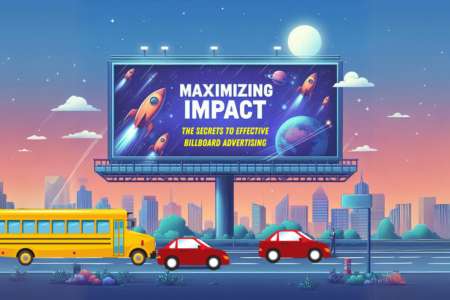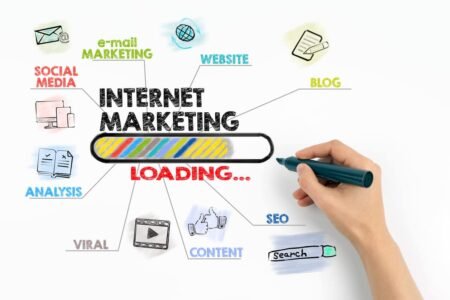Experiential marketing has evolved into a powerful strategy that connects brands with their audiences on a deeper level. By creating immersive and memorable experiences, brands can forge lasting connections, foster loyalty, and drive meaningful engagement. In this blog post, we will delve into the best practices of experiential marketing that can help your brand stand out and create impactful interactions with your target audience.
Understand Your Audience:
Before embarking on any experiential marketing campaign, it’s crucial to have a clear understanding of your target audience. Conduct thorough research to identify their preferences, interests, behaviors, and pain points. This information will serve as the foundation for creating experiences that resonate with your audience on a personal level.
Set Clear Objectives:
Define your goals for the experiential marketing campaign. Are you aiming to increase brand awareness, drive sales, or enhance customer loyalty? Setting clear objectives will guide your strategy and help you measure the success of your efforts accurately.
Create Immersive Experiences:
Design experiences that captivate the senses and emotions of your audience. Whether it’s a pop-up event, interactive installation, or virtual reality experience, make sure it aligns with your brand identity and delivers a memorable encounter that attendees will want to share with others.
Tell a Compelling Story:
Craft a narrative that resonates with your brand and connects with the emotions of your audience. A compelling story can help create an emotional bond between your brand and customers, making the experience more meaningful and memorable.
Utilize Technology Creatively:
Incorporate technology to enhance the experiential aspect of your campaign. Augmented reality (AR), virtual reality (VR), interactive displays, and mobile apps can add a layer of excitement and engagement to your experiences.
Encourage User-Generated Content (UGC):
Design experiences that encourage attendees to create and share content on social media platforms. UGC not only extends the reach of your campaign but also builds a sense of community around your brand.
Seamless Online and Offline Integration:
Ensure a seamless transition between the offline and online aspects of your campaign. Provide participants with opportunities to continue engaging with your brand even after the experiential event is over, leveraging the digital space for ongoing interaction.
Personalization is Key:
Tailor experiences to individual preferences whenever possible. Personalization demonstrates that your brand values each customer, creating a stronger emotional connection.
Measure and Analyze:
Implement metrics to measure the impact of your experiential marketing campaign. Track factors like foot traffic, social media mentions, user engagement, and conversion rates. Use these insights to assess the success of your efforts and make informed decisions for future campaigns.
Sustainability and Social Responsibility:
Integrate sustainability and social responsibility into your experiential marketing initiatives. Showcasing your brand’s commitment to ethical practices can resonate with environmentally and socially conscious consumers.
Conclusion:
Experiential marketing is more than just an event; it’s an opportunity to create lasting memories and forge strong connections with your audience. By understanding your audience, setting clear objectives, and implementing creative strategies, you can design immersive experiences that leave a lasting impact on participants and enhance your brand’s reputation. Keep these best practices in mind as you plan and execute your next experiential marketing campaign to ensure its success and effectiveness.










